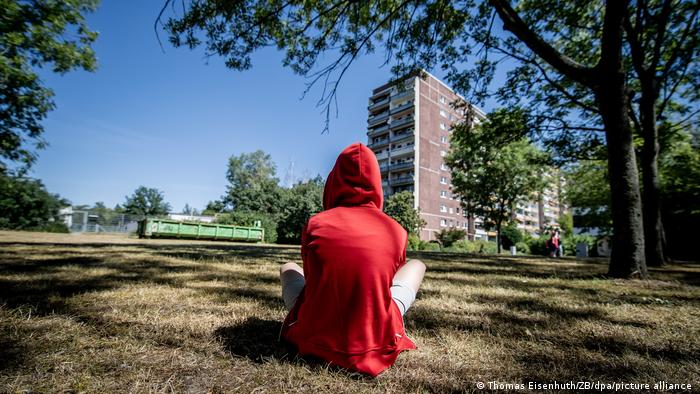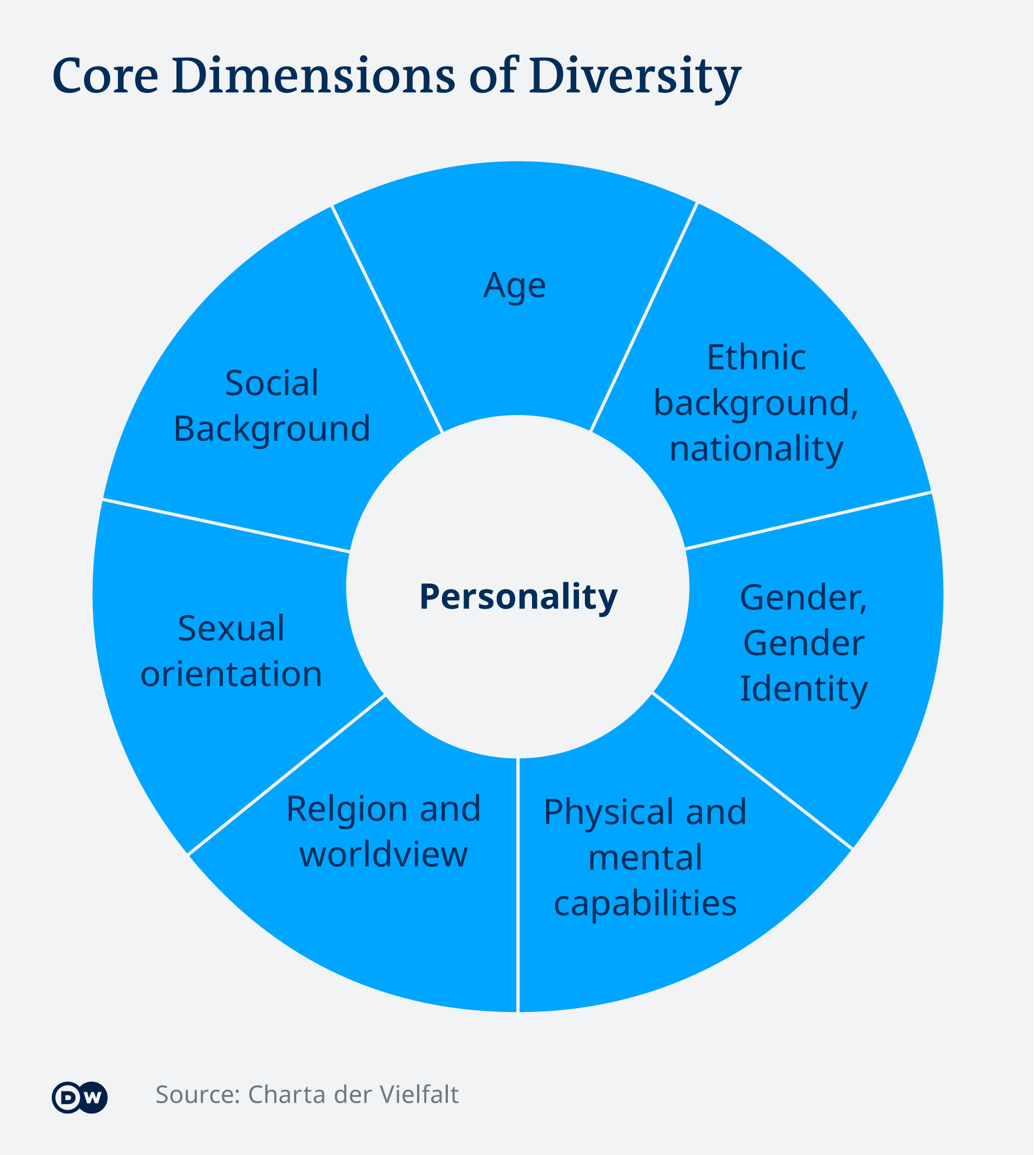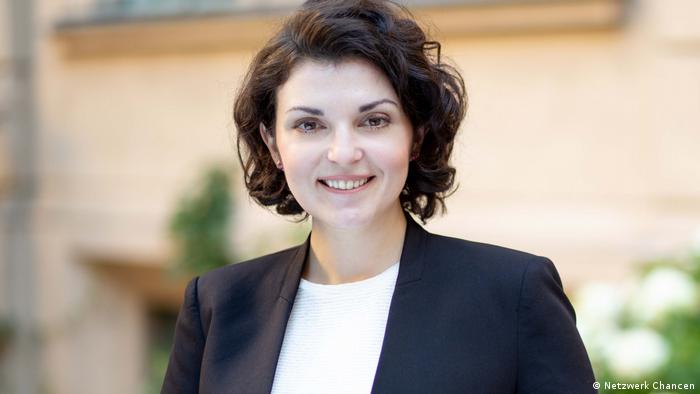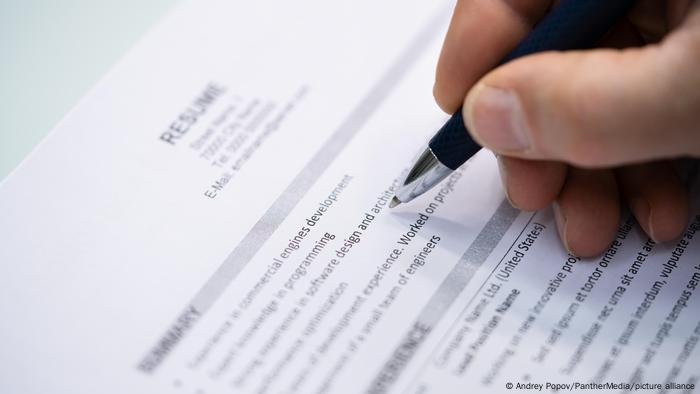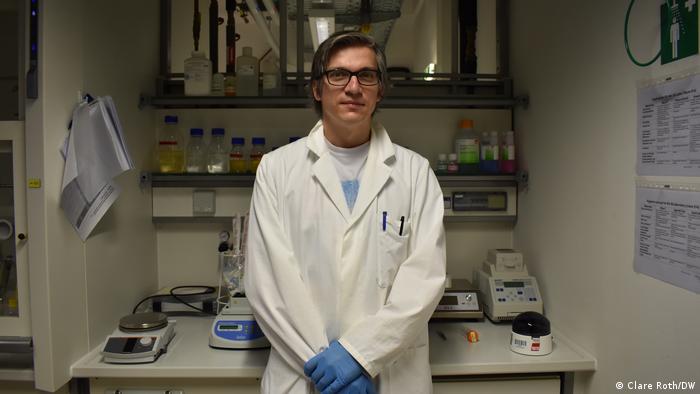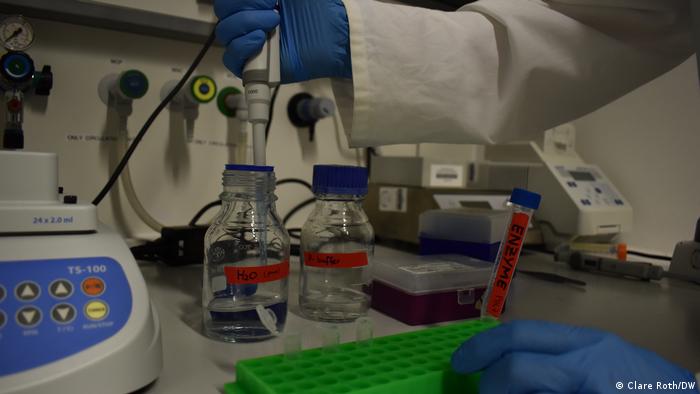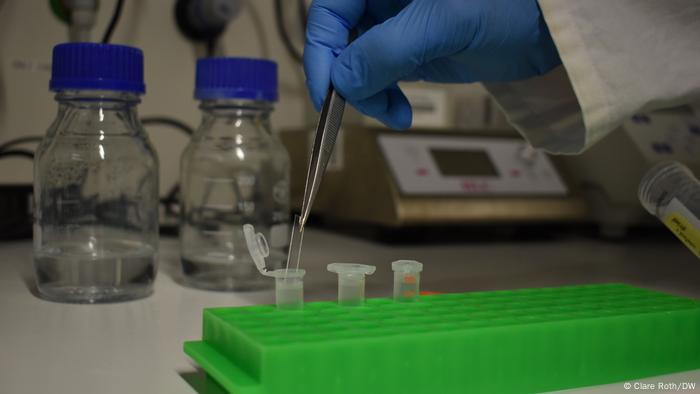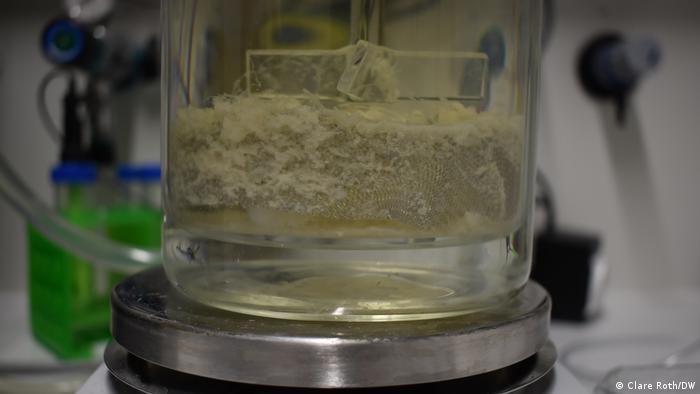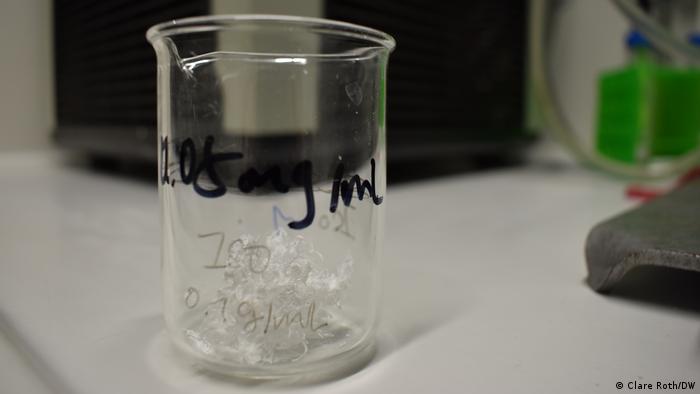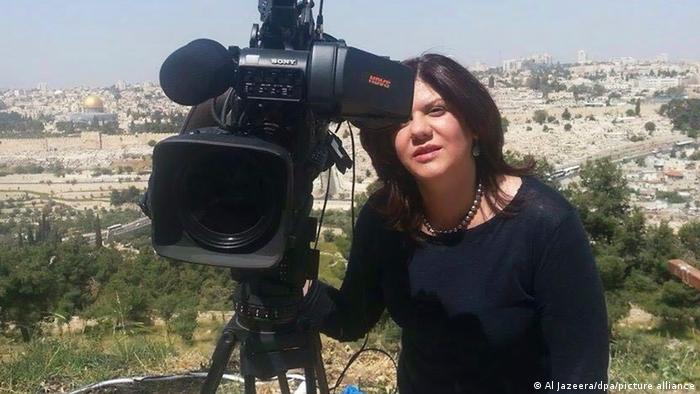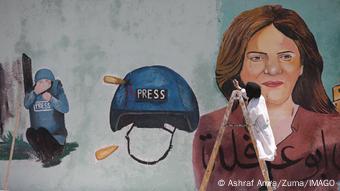A Jewish German is calling for the removal of a so-called "Judensau" sculpture at the church from which Martin Luther launched the Reformation. It is estimated that 50 such sculptures exist at churches across Europe.

Presiding BGH Judge Stephan Seiters called the 700-year-old relief, 'Anti-Semitism, carved in stone'
Germany's Federal Court of Justice (BGH) on Monday began hearings on the fate of a 700-year-old sandstone relief adorning the facade of the town church of Wittenburg, where Martin Luther once preached.
The case was brought on appeal by plaintiff-lawyer Michael Düllmann, who argued in lower courts that the sculpture is, "a defamation of, and an insult to, the Jewish people." Düllmann, who converted to Judaism in 1978, has been fighting for the object's removal since 2018, saying it should be taken to the nearby Luther House museum.
The sculpture is a so-called "Judensau" (Jew sow) motif, in this case depicting a man in the garb of a rabbi lifting the tail of a pig — which is considered an unclean animal in Judaism — and inspecting its anus, while other figures suck at its teats. In 1570, after the Protestant Reformation, a text inscription referring to anti-Jewish writings by Luther was added to the 13th-century sculpture.
Düllmann, 79, said: "The Church made the German people ready for Auschwitz."
He also referred to Wittenberg's own Martin Luther (1483-1546) as an "arch-Antisemite."
Judge calls sculpture 'antisemitism carved in stone'
Although a lower court in the city of Naumburg found the sculpture exhibited no "slanderous character" in its current context and that Düllmann's rights as a citizen were not infringed by it, BGH Judge Stephan Seiters called the relief, "Anti-Semitism, carved in stone," and noted that as a Jew living in Germany after the Holocaust, Düllmann was well within his rights to call for its removal.
Seiters added that the court must decide whether the information plaque mounted beneath the sculpture in 1988 should be "converted into a memorial." The plaque, which has both German and English texts, refers to the persecution of Europe's Jews and the six million people who died during the Holocaust.
The sculpture itself was restored in 2017, and rests some four meters (13 feet) above street level.
Judge Seiters noted that the court would also be charged with determining whether the church had in fact done enough to distance itself from the anti-Semitic intent of the original relief: "We must also determine whether an insult remains an insult, regardless of any new context it is placed within."
The parish of Wittenberg says it has indeed distanced itself from the message of the sculpture, with Pastor Matthias Keilholz saying: "Over the centuries, we have needed a thorn in the side to repeatedly find new ways to address the hate of Jews and the Church's role in it." The parish has called the "Wittenberger Judensau" part of a "difficult legacy, but also a record of history."
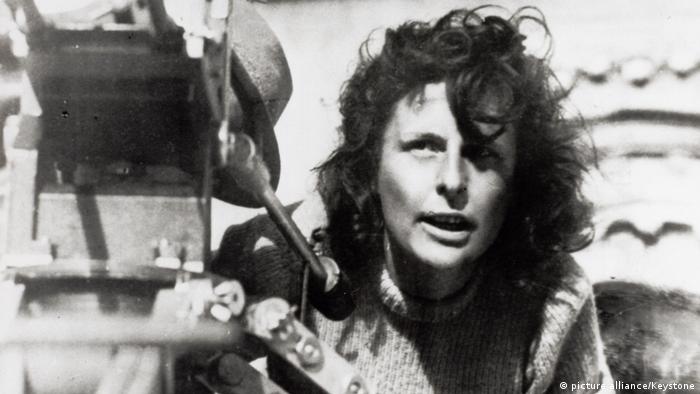
HOW THE NAZIS PROMOTED ANTI-SEMITISM THROUGH FILM
Hitler's favorite director
Leni Riefenstahl was among the Nazi filmmakers who tried to redeem their reputations after 1945. She was responsible for filming the Nazi party's massive rallies and was an integral part of the propaganda machine. Anti-Semitism was inseparable from the party's ideology.
123456789
Parish Chairman Jörg Bielig says the church has plans to more clearly explain the object and its historical context. Yet Düllmann has argued against such an approach, saying explanatory texts will only serve to confuse readers and minimize the Church's true role in promoting anti-Semitism.
Moreover, Düllmann is calling on German churches to accept their historical responsibility for the persecution of Jews and remove such sculptures, otherwise "Church anti-Judaism simply carries on."
"The anti-Jewish history of the Church cannot be undone," said Josef Schuster, president of the Central Council of Jews in Germany, who suggested that an explanatory text would indeed be preferable to removing the shameful object, which would only render it invisible.
Christian Staffa, the German Protestant Church's official charged with combating and addressing antisemitism, underscored the fact that the issue of what to do with the sculpture could not be determined in a court of law but rather must be negotiated through public debate.
It is estimated that as many as 50 such depictions exist at churches across Germany and Europe.
The BGH, Germany's highest civil court, says it expects to deliver a verdict on the case by June 14.
Düllmann has said that he will take the case to Germany's Constitutional Court and even to the European Court of Human Rights (ECHR) should he fail to win a legal victory before the BGH.
Watch video 03:00 Holocaust survivor takes to TikTok to combat anti-Semitism
js/jsi (AP, dpa, KNA)
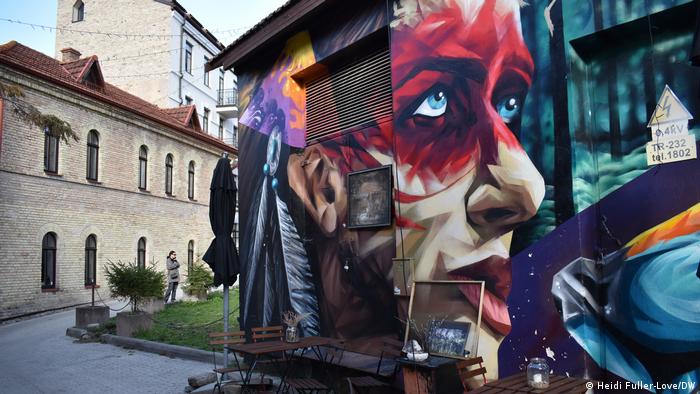
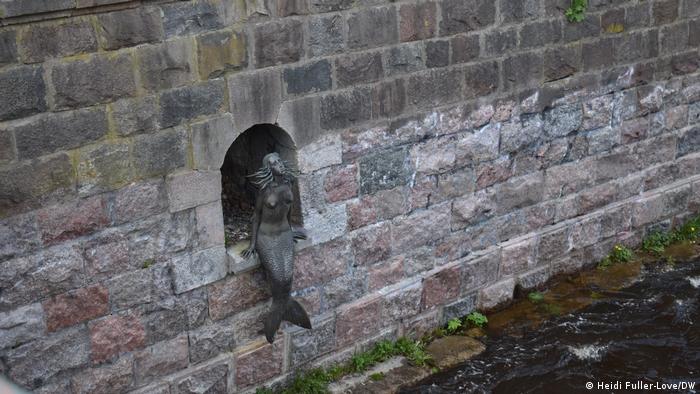
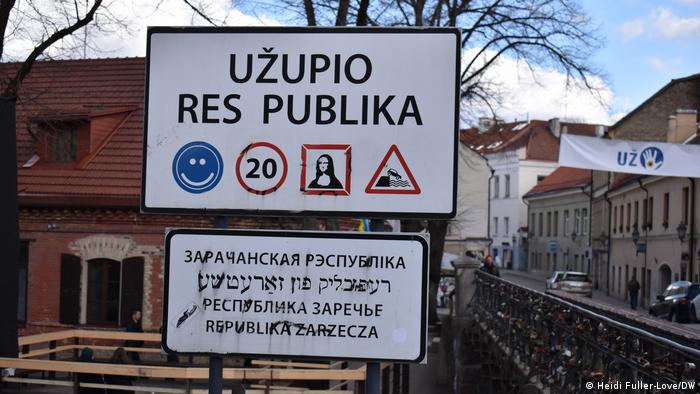



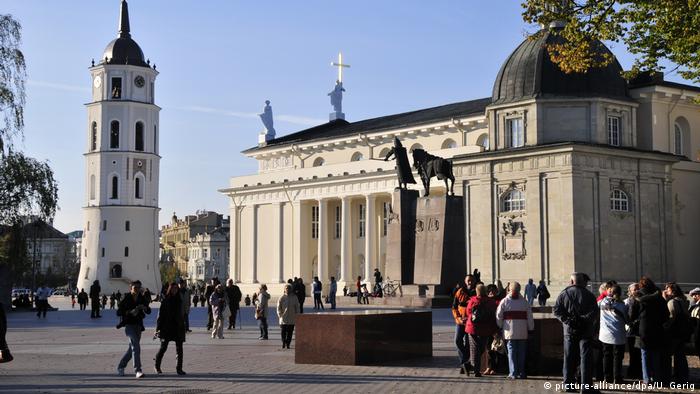
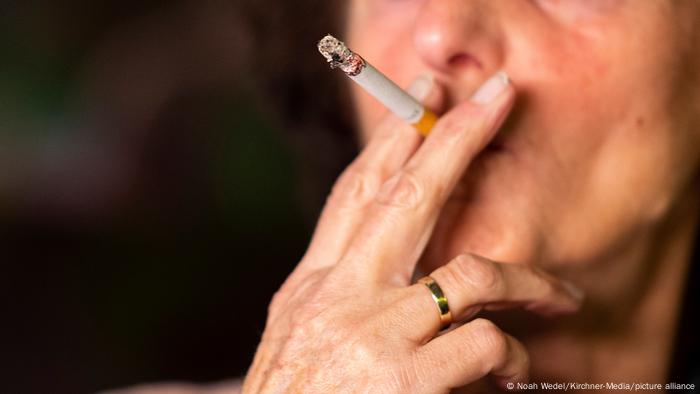
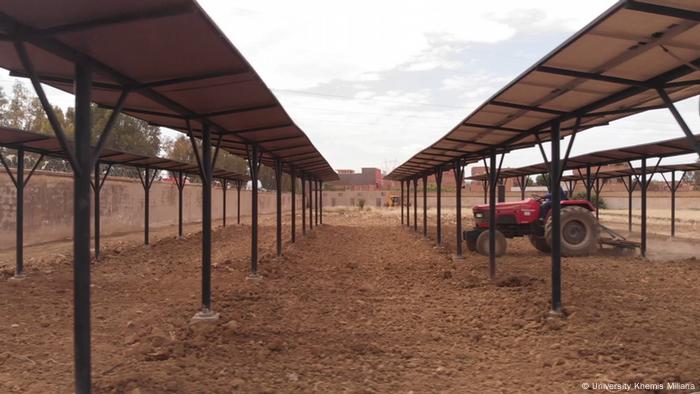
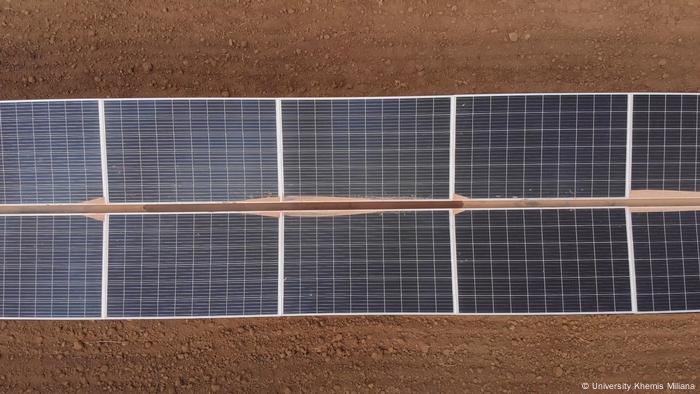

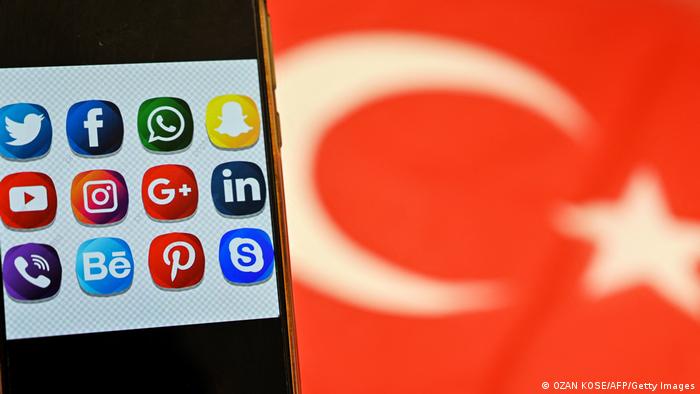
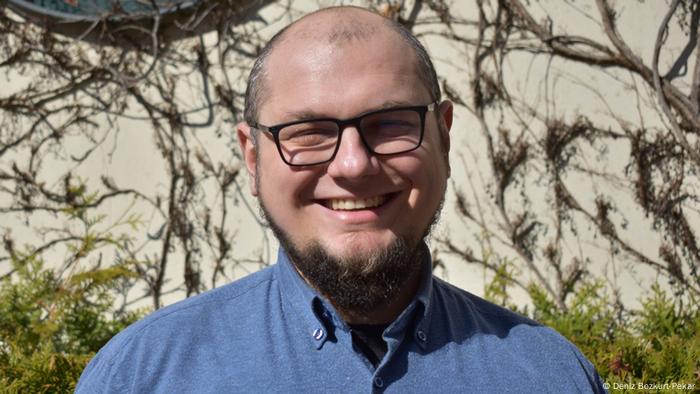
.gif)



